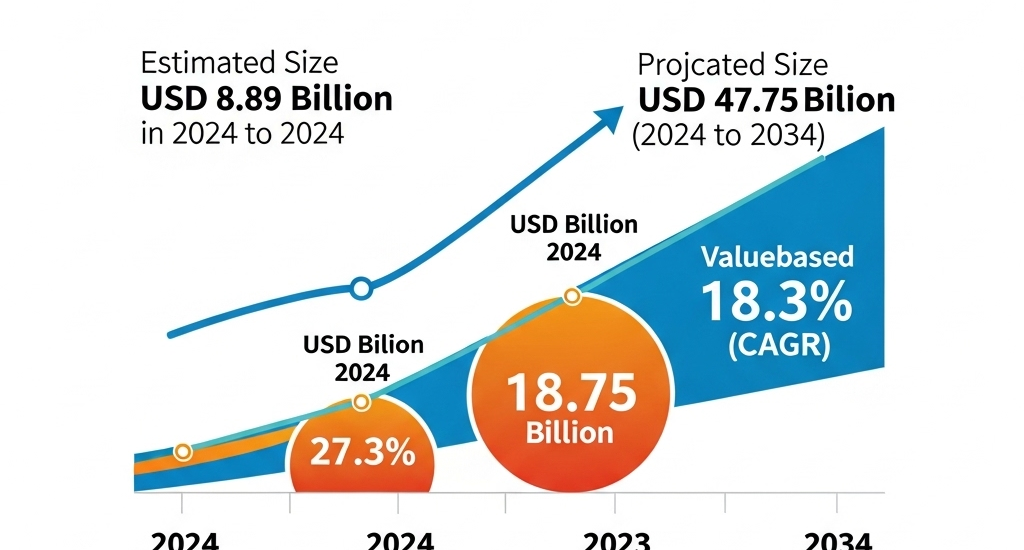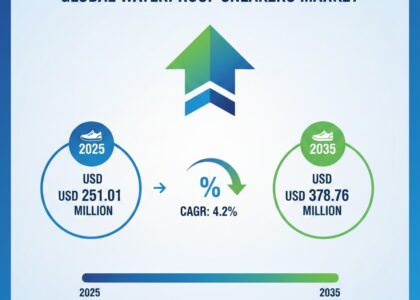The global sales of teleradiology is estimated to be worth USD 8.89 billion in 2024 and anticipated to reach a value of USD 47.75 billion by 2034. Sales are projected to rise at a CAGR of 18.3% over the forecast period between 2024 to 2034. The revenue generated by teleradiology cover in 2023 was USD 7.56 billion. The industry is anticipated to exhibit a Y-o-Y growth of 17.5% in 2024.
Get Sample Report: – https://www.futuremarketinsights.com/reports/sample/rep-gb-1747
After reporting on healthcare for 15 years, here’s what I see clearly: teleradiology has stopped being a nice-to-have tech solution. It’s a lifeline for a system buckling under impossible demand. The shortage of radiologists in the U.S. and worldwide isn’t a future problem — it’s happening right now, and it’s catastrophic.

Hospitals are overwhelmed. Imaging needs are exploding thanks to aging populations, chronic disease, and post-pandemic backlogs. Meanwhile, radiologists are burning out, retiring early, and simply not enough to keep up. This isn’t some minor staffing glitch. This is a full-blown crisis. Patients are waiting longer for diagnoses. Lives hang in the balance. Rural and smaller hospitals suffer most — often no radiologist is even on site after hours. That’s unacceptable.
Why? Because teleradiology works. It extends expertise where it’s desperately needed. It fills the gaps hospitals can’t staff. It keeps emergency rooms running. And it’s scalable.
But don’t mistake growth for perfection. Regulatory red tape is strangling progress. Licensing and credentialing remain a nightmare. Infrastructure in rural areas? Still inadequate. Quality control? A mixed bag. These problems are solvable — but only if the healthcare industry gets serious about them.
Make no mistake: teleradiology is no longer optional. It’s an urgent, strategic imperative. Hospitals ignoring this reality will fall behind. Delays in radiology aren’t delays in paperwork — they’re delays in treatment. Delays in treatment mean worse outcomes, higher costs, and needless suffering.
If health systems want to survive the next decade, they must act now. Build hybrid teams mixing local and remote radiologists. Invest heavily in secure IT and AI triage tools. Pressure regulators to modernize licensing and reimbursement. Anything less is negligence.
Explore In-Depth Analysis-Click Here to Access the Report:- https://www.futuremarketinsights.com/reports/teleradiology-market
Key Segments of Teleradiology Industry
By Modality:
In terms of modality, the industry is divided into x-ray scans, CT scans, MRI scans, ultrasound scans, nuclear scan, cardiac echo, mammography and electromyography
By Organ:
In terms of modality, the industry is divided into brain, lung, heart, liver, bones, pancreas, spleen and others
By Region:
Key countries of North America, Latin America, Eastern Europe, Western Europe, East Asia, South Asia & Pacific, and Middle East and Africa (MEA), have been covered in the report.






